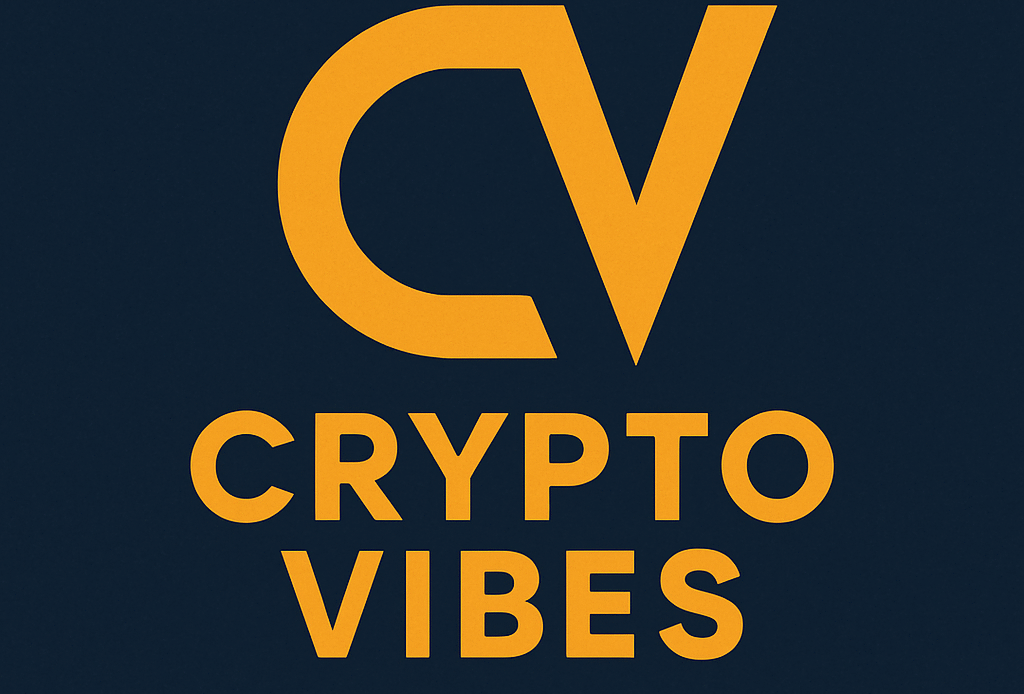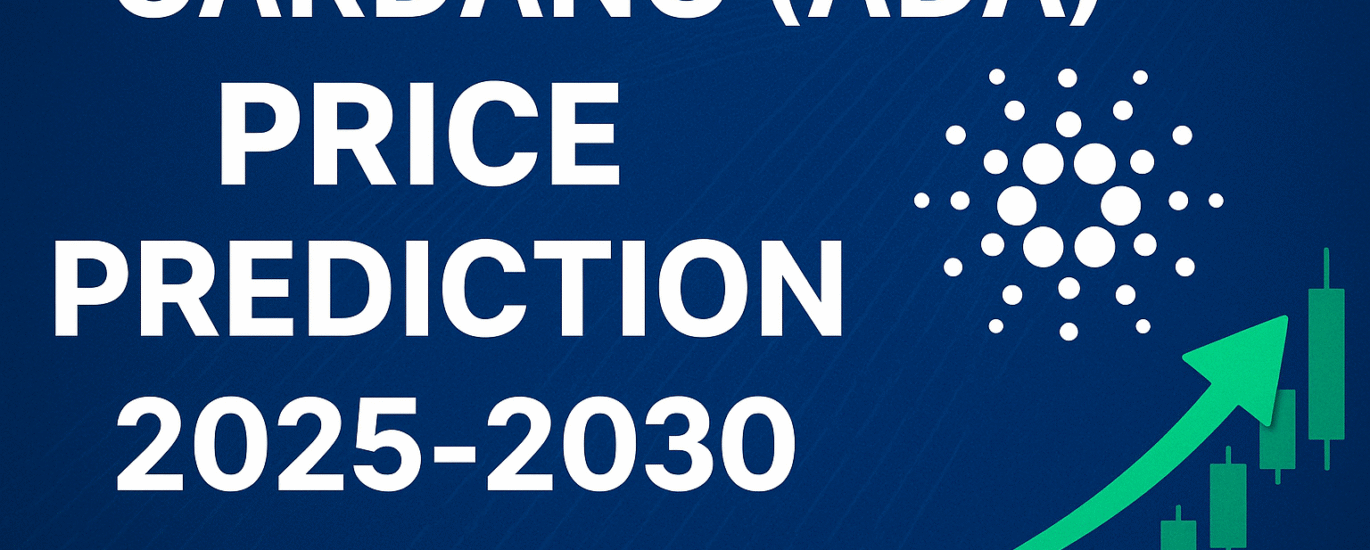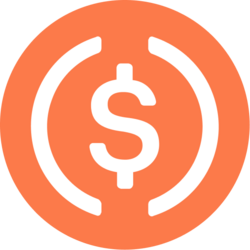What Is Cardano (ADA)?
Cardano (ADA) stands as a leading proof-of-stake (PoS) blockchain platform dedicated to fostering positive global transformation. It envisions empowering “changemakers, innovators, and visionaries” by redistributing power from centralized entities back to individuals. This ambitious open-source project aims to forge a society that is inherently more secure, transparent, and equitable, solidifying its position as a key player in the blockchain technology landscape.
For those eager to understand its depths, a comprehensive deep dive into Cardano reveals its intricate design.
Founded in 2017, the Cardano blockchain draws its name from the brilliant 16th-century Italian polymath, Gerolamo Cardano. Its native ADA token is named after Ada Lovelace, the pioneering 19th-century mathematician often credited as the world’s first computer programmer. The ADA token is meticulously designed to facilitate network participation, granting holders the crucial right to vote on all proposed software changes.
The team behind this layered blockchain emphasizes its compelling Cardano use cases, showcasing its ability to support the development of decentralized apps (DApps) and smart contracts with robust modularity.
Who Are the Founders of Cardano?
Cardano was founded by Charles Hoskinson, a highly influential figure who was also a co-founder of the renowned Ethereum network. Currently, he serves as the CEO of IOHK, the driving force behind the development of the Cardano blockchain.
In a revealing interview for CoinMarketCap’s Crypto Titans series, Hoskinson recounted his initial involvement in cryptocurrencies, which began in 2011 with dabbling in mining and trading. His professional journey in the industry truly commenced in 2013 when he created a comprehensive course on Bitcoin, which remarkably attracted 80,000 students.
Beyond his entrepreneurial prowess as a technology entrepreneur, Hoskinson is also a distinguished mathematician. In a testament to his commitment to blockchain research and development, his technology company generously donated ADA worth $500,000 to the University of Wyoming’s Blockchain Research and Development Lab in 2020.
Cardano (ADA) Live Price
| # | Name | Price | Changes 24h | Market CAP | Volume | Supply |
|---|
Cardano’s Future: Charting ADA’s Path from 2025 to 2030
As of mid-2025, Cardano (ADA) stands at a pivotal juncture, poised to build upon its foundational principles of peer-reviewed research, proof-of-stake (PoS) consensus, and a strong commitment to decentralization. The period from 2025 to 2030 is set to be transformative for the Cardano blockchain, marked by the culmination of its ambitious roadmap phases and a relentless pursuit of scalability, governance, and widespread enterprise adoption.
The Evolution of Cardano: Basho and Voltaire Eras
Cardano’s roadmap is structured into distinct eras, each addressing a critical aspect of blockchain development. While the Goguen era brought groundbreaking smart contract functionality with the Alonzo hard fork, the next five years will primarily see the full realization of the Basho and Voltaire eras.
Basho Era: Enhancing Scalability and Interoperability
The Basho era is entirely focused on scalability and interoperability, aiming to significantly enhance the network’s throughput and capacity. A cornerstone of this era is Hydra, Cardano’s Layer-2 scaling solution, designed to enable near-instantaneous transactions with extremely low fees. Hydra aims to process millions of transactions per second (TPS) by allowing transactions to occur off-chain within “Hydra Heads,” while maintaining the security guarantees of the mainnet.
Beyond Hydra, Cardano’s future in scalability also involves sidechains and rollup technology (both optimistic and zero-knowledge proofs). These solutions will allow Cardano to connect seamlessly with other blockchains and support a diverse range of applications requiring high transaction volumes, such as gaming, microtransactions, and complex decentralized finance (DeFi) protocols. The increased throughput is critical for driving real-world Cardano use cases and wider ADA adoption.
Voltaire Era: Decentralized Governance and Treasury Management
The Voltaire era represents the final, crucial phase of Cardano’s roadmap, establishing fully decentralized on-chain governance. This period, already seeing significant implementation with events like the recent Plomin Hard Fork (formerly Chang hard fork, activated in Q1 2025), empowers ADA token holders to directly influence the platform’s future.
Key components of the Voltaire era include:
- Decentralized Representatives (DReps): ADA holders will delegate their voting power to DReps, who participate in on-chain voting.
- Treasury System: A self-sustaining treasury will fund future Cardano development initiatives through proposals and community votes.
- Constitutional Convention: The ongoing process to ratify the Cardano Blockchain Ecosystem Constitution, which will lay down fundamental guiding principles for the network.
By 2030, Cardano aims to be a truly autonomous blockchain, where no single entity controls its evolution. This robust governance model is expected to foster long-term sustainability, adaptability, and greater community engagement, attracting more developers and users who value transparent, community-driven development.
Here’s a projected price chart for Cardano (ADA) from 2025 to 2030, based on technical analysis, historical trends, and expert predictions. Please note that cryptocurrency markets are highly volatile, and these projections should not be considered financial advice.
Cardano (ADA) Price Prediction 2025-2030
(All prices in USD)
| Year | Minimum Price | Average Price | Maximum Price | Key Factors |
|---|---|---|---|---|
| 2025 | $1.50 | $2.20 | $3.50 | – Full rollout of Hydra scaling solution – Increased DeFi & dApp adoption – Potential ETF speculation |
| 2026 | $2.80 | $3.50 | $5.00 | – Institutional adoption – Major smart contract upgrades – Bull market cycle |
| 2027 | $4.00 | $5.50 | $8.00 | – Full decentralization of governance – Cross-chain interoperability growth – Regulatory clarity |
| 2028 | $5.00 | $7.50 | $12.00 | – Mass adoption in emerging markets – Enterprise blockchain partnerships – AI & DePIN integrations |
| 2029 | $8.00 | $10.50 | $18.00 | – Cardano becoming a top 3 blockchain – Major CBDC (Central Bank Digital Currency) developments – Global financial system integration |
| 2030 | $12.00 | $15.00 | $25.00+ | – Full ecosystem maturity – Potential trillion-dollar crypto market – Cardano as a backbone for Web3 |
Key Factors Influencing ADA’s Price
- Hydra Scaling Solution
- Expected to drastically improve transaction speed (1M+ TPS potential).
- DeFi & Smart Contract Growth
- More dApps, stablecoins, and institutional use cases.
- Regulatory Developments
- Favorable regulations could boost institutional investment.
- Bitcoin Halving Cycles (2024, 2028)
- Historically, ADA follows BTC’s bullish trends post-halving.
- Competition (Ethereum, Solana, etc.)
- Cardano must maintain its technological edge.
Bullish vs. Bearish Scenarios
- Bull Case (2030): If Cardano becomes a top Layer-1 blockchain with real-world adoption, $25–$50 is possible.
- Bear Case (2030): If scalability issues persist or regulations hurt crypto, ADA could stagnate around $5–$10.
Growth of the DApp Ecosystem, DeFi, and NFTs
Building on the foundation laid by the Alonzo upgrade and continued advancements in Plutus (the smart contract programming language), the period from 2025 to 2030 will likely witness an exponential surge in decentralized applications (DApps), Decentralized Finance (DeFi) platforms, and Non-Fungible Token (NFT) marketplaces on Cardano.
As scalability solutions like Hydra become fully mature, developers will be able to build more complex, high-throughput applications that were previously constrained by network limitations. This enhanced capability, combined with Cardano’s reputation for security and its academic rigor, could attract a significant influx of projects and users from other blockchain platforms. Expect innovative DeFi protocols offering lending, borrowing, and decentralized exchanges (DEXs), as well as vibrant NFT ecosystems with unique digital collectibles and gaming applications thriving on Cardano.
Enterprise Adoption and Real-World Use Cases
Cardano’s future is also heavily tied to its ability to secure meaningful enterprise adoption and expand its real-world utility. Its peer-reviewed, evidence-based development approach, along with its focus on regulatory compliance, makes it an attractive choice for large organizations and governments.
Examples like tracking fresh produce or securing educational credentials demonstrate Cardano’s practical value. From 2025 to 2030, we could see an increase in partnerships for:
- Supply Chain Management: Leveraging Cardano’s blockchain for transparent and immutable tracking of goods.
- Digital Identity Solutions: Secure and verifiable digital identities, potentially with government backing.
- Tokenized Assets: The tokenization of real-world assets (real estate, intellectual property) on the Cardano network.
- Payment Solutions: More widespread adoption of ADA for everyday transactions and cross-border payments.
Successful enterprise integrations will not only validate Cardano’s technology but also significantly boost its network effect and ADA adoption.
Interoperability and Cross-Chain Connectivity
For Cardano to truly achieve its vision of connecting the world, interoperability will be paramount. The Basho era’s focus on sidechains and bridges will enable seamless asset and data transfer between Cardano and other major blockchain platforms like Ethereum, Solana, and even legacy financial systems. This cross-chain functionality is crucial for fostering a truly interconnected Web3 ecosystem and allowing Cardano-based DApps to access liquidity and users from diverse networks.
Challenges and Considerations
Despite its promising roadmap, Cardano’s growth from 2025 to 2030 is not without its challenges:
- Competition: The blockchain landscape is highly competitive, with established players like Ethereum (post-Merge) and emerging Layer-1s continuously innovating.
- Regulatory Uncertainty: Evolving global cryptocurrency regulations could impact Cardano’s growth, particularly concerning DeFi and tokenized assets.
- Developer and User Adoption Pace: While developer activity is strong, translating that into widespread user adoption for DApps is an ongoing challenge for all blockchains.
- Market Volatility: The broader cryptocurrency market’s inherent volatility will continue to influence Cardano price and investor sentiment.
Conclusion: A Decade of Maturation and Mainstream Impact
The period from 2025 to 2030 is set to be a defining era for Cardano (ADA). With the full implementation of the Basho and Voltaire eras, Cardano aims to establish itself as a hyper-scalable, fully decentralized, and academically robust blockchain platform. Its focus on smart contract evolution, enhanced scalability through Hydra and sidechains, and a sophisticated governance model positions it for significant ecosystem growth.
While market dynamics and competition will always play a role, Cardano’s unique methodical approach and commitment to long-term sustainability suggest a future where ADA could solidify its position as a cornerstone of the global Web3 economy, empowering individuals and organizations with secure, transparent, and fair blockchain technology. The coming years will reveal the extent of its real-world impact and its role in shaping the decentralized future.

















































Charles Hoskinson’s involvement in both Ethereum and Cardano really shows how interconnected the crypto space is. It’ll be interesting to see how Cardano’s focus on formal methods and scalability plays out in the coming years.
Cardano’s proof-of-stake system is compelling, but what really stands out is its academic, peer-reviewed development approach. That kind of rigor could give it a unique edge in the long-term evolution of blockchain platforms.